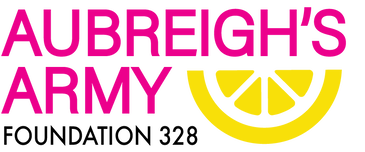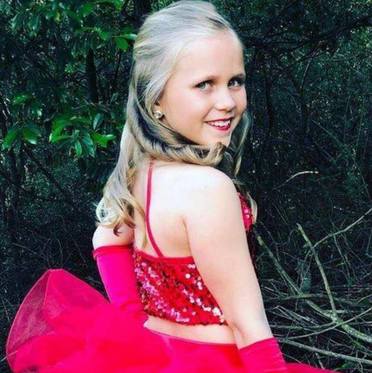Our Mission
|
Aubreigh Nicholas was a fierce fighter that taught her family, community, and other parts of the world, to never give up no matter what you may be facing. On September 12, 2017, she was diagnosed with the unimaginable, Diffuse Intrinsic Pontine Glioma (DIPG). Aubreigh began six weeks of radiation two weeks after her diagnosis. The only HOPE for a child with a DIPG diagnosis is to be accepted into a trial and HOPE that it ’s the cure, or at the very least, give more TIME. There are not many trial locations for DIPG patients in the United States. Being accepted into a trial is also not an easy task. Aubreigh was accepted into a trial at Sloan Kettering Hospital in New York in January, 2018. Unfortunately, upon arrival to the hospital to start treatment, Aubreigh ’s new MRI showed too much necrosis from the radiation; therefore, she was no longer eligible for the trial.
Aubreigh's Army Foundation 328, Inc. is committed to providing funding to help find a Cure for DIPG and to help newly diagnosed families indirectly with travel expenses, hospital stays, bills, or wherever our help is needed.
DIPG primarily affects children, with most diagnoses occurring between 5 and 7 years of age. DIPG makes up 10 -15% of all brain tumors in children, with about 150 -300 new diagnoses per year in the United States. Unlike many other pediatric cancers, there has been little progress in improving treatments and cure rates for DIPG over the last few decades. Unfortunately, fewer than 10% of children with DIPG survive two years from diagnosis. Hopefully one day, Aubreigh's Army Foundation 328, Inc. can help change the outcome that so many of us have faced ourselves. Aubreigh started her fight! Our fight! We now hope to END THIS FIGHT! |
After many sleepless nights, her parents took a chance on another trial at Maryland ’s National Institute of Health. The trial took too long to open, and Aubreigh ’s tumor began to grow. TIME is not an option that any child with DIPG has. Options were almost non -existent, and travel became an issue.
Only 4% of federal government cancer research funding goes to study pediatric cancer. If more than 4% were given to childhood cancer, more trials could have been available. More trials equate to a step closer to finding a cure. More funding can help off -study medications be given at a lower dose. As it stands now, the high dose off -study medication outcomes and side -effects are too risky to perform without the strict guidelines of a clinical trial. More money for research is needed! |







